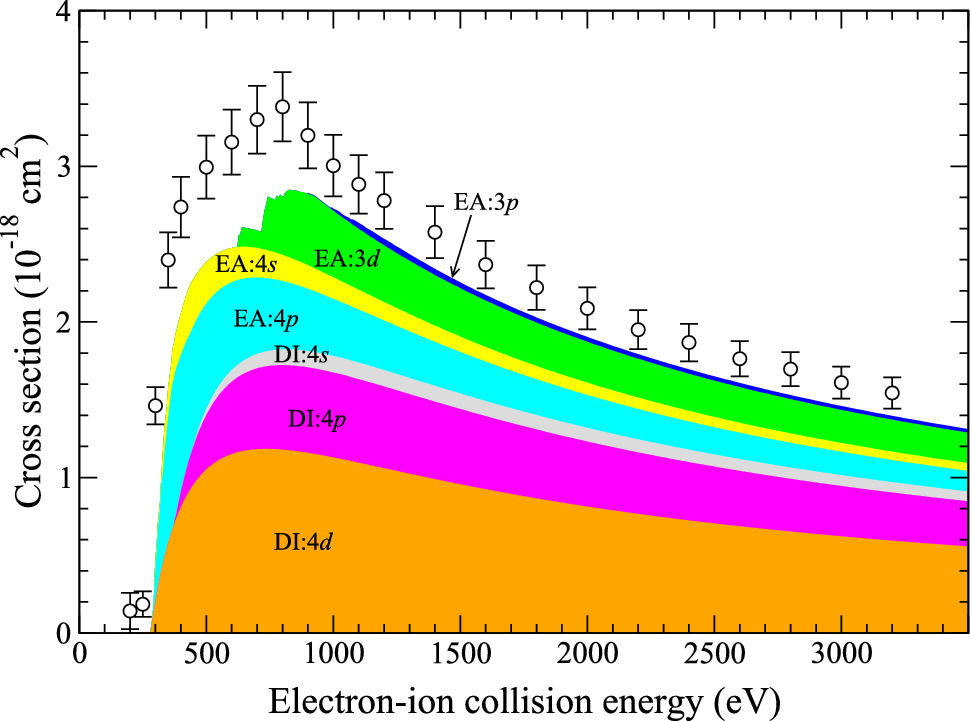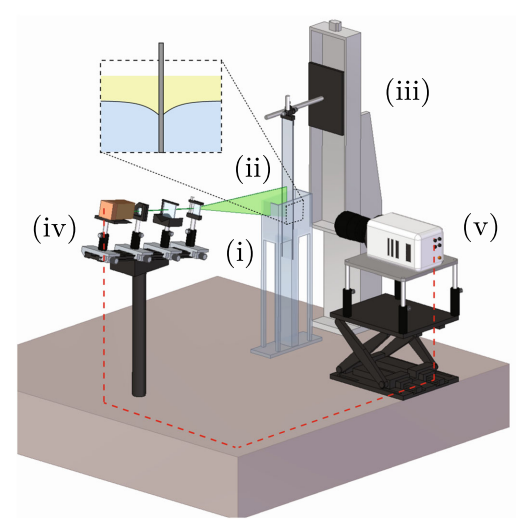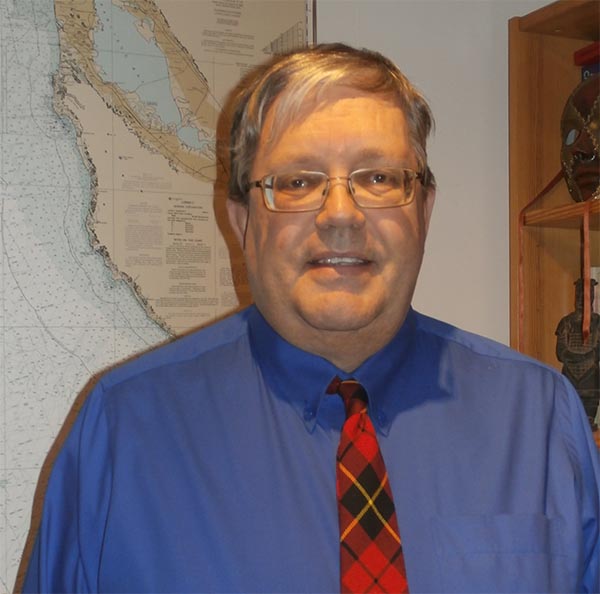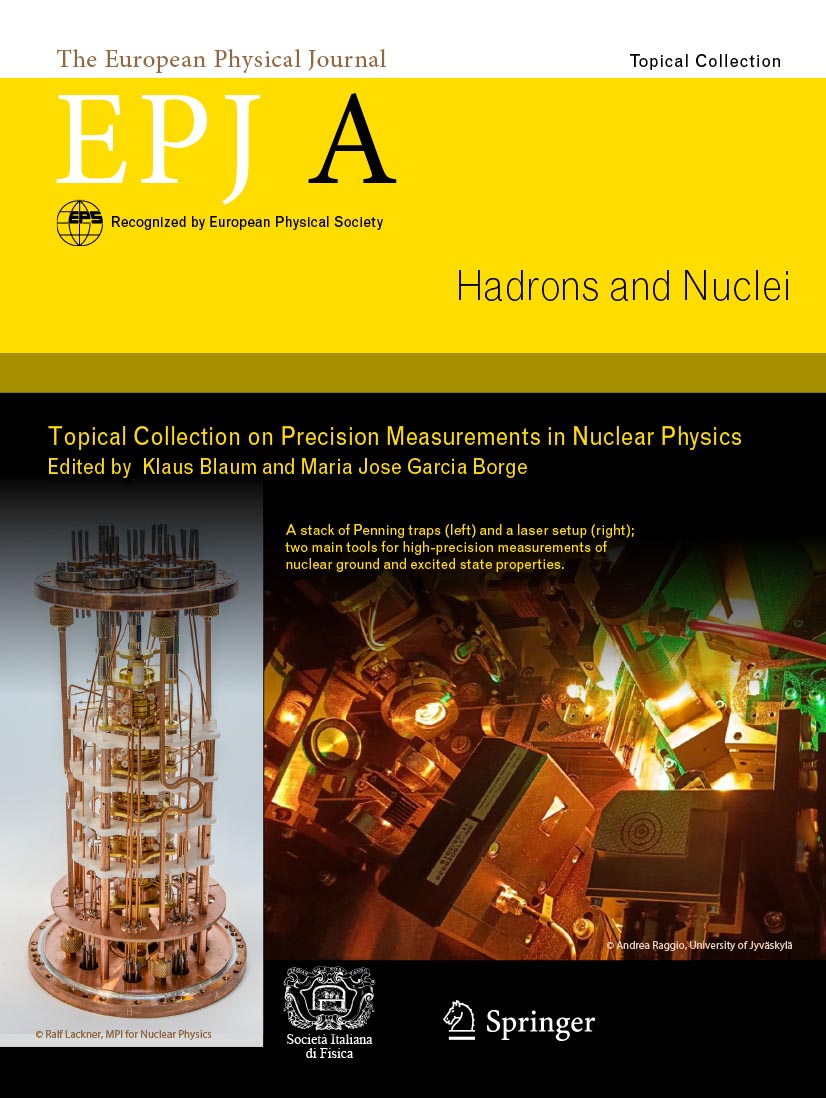News
EPJ E Highlight - Tuning the movement of a self-propelled robot to the physics of living matter
- Details
- Published on 24 June 2024

The two-wheeled robot employs a range of complex active dynamics that can be implemented with precise control.
Robots are becoming an increasingly important part of our lives, performing jobs that are too dangerous for humans. This can often involve navigating complex environments, something rigid-bodied autonomous robots find difficult. Such robots faced similar challenges when miniaturised and used to model physics of living matter.
These challenges could be countered by a robot that can move with the mobility of living things and can respond to environmental signals just like a cellular organism. To model such systems experimentally, it is necessary to develop a tunable system that can replicate life-like dynamics.
In a new paper in the EPJ E, the authors, including Nitin Kumar from the Indian Institute of Technology Bombay and his co-authors, describe the development of a scheme for generating tunable active dynamics in a self-propelled robotic device. The result is a two-wheeled robot that utilizes a simple differential-drive mechanism, enabling a range of complex active dynamics to be implemented with precise control.
EPJ D Highlight - Determining Refractive Index at Relativistic Speeds
- Details
- Published on 24 June 2024

Ideas first posed by seventeenth-century physicists have been extended in determining the mechanical refractive index of particles travelling at speeds close to that of light.
If you studied advanced physics at high school, there’s a good chance that you remember Snell’s law, which states how a ray of light bends when it crosses a boundary between two media. According to this law, the ratio of the sines of the incident and refracted angles is a non-universal constant, later understood as the relative refractive index of the refracting medium with respect to the incident one.
EPJ D Highlight - Electron-impact ionization calculations match with experiments
- Details
- Published on 24 June 2024

Through a new calculation approach, researchers have made far more accurate predictions of how atoms are ionized when impacted by high-energy electrons.
During electron-impact ionization (EII), high-energy electrons collide with atoms, knocking away one or more of their outer electrons. To calculate the probability that ionization will occur during these impacts, researchers use a quantity named the ionization ‘cross-section’. EII is among the main processes affecting the balance of charges in hot plasma, but so far, its cross-section has proven incredibly difficult to study through theoretical calculations.
Through new research published in EPJ D, Stefan Schippers and colleagues at Justus-Liebig University of Giessen, Germany, present new calculations for the EII cross-section, which closely match with their experimental results. Their discoveries could provide useful new insights in many fields of research where hot plasma is studied: including astrophysics and controlled nuclear fusion.
EPJ D Topical Issue - Atomic and Molecular Data and Their Applications: ICAMDATA 2022
- Details
- Published on 21 June 2024

Guest Editors: Annarita Laricchiuta, Iouli E. Gordon, Christian Hill, Gianpiero Colonna and Sylwia Ptasinska
Atomic and Molecular Data and Their Applications: the generation, collection and diffusion of accurate and consistent atomic and molecular (AM) data is crucial in various fields of science and technology, requiring the cross-disciplinary cooperation of AM data producers and users and the coordination of AM data activities and databases.
The Topical Issue collects 20 papers, giving a snapshot of the efforts of the community in the field of data production and curation. The majority of the papers are focused on the theoretical derivation of structural properties of atoms and molecules and of dynamical data (cross sections and rate coefficients) for electron scattering and heavy-particle collision processes, with different approaches. Some papers presenting experimental activity are also included in the collection. Published results contribute to the construction of new knowledge and aim at giving answer to data needs in different fields of application, ranging from astrophysics and fusion plasmas to low-temperature plasmas for technological discharges and aerothermodynamics. Another relevant topic is the data collection and dissemination through the existing web infrastructures, establishing criteria and indicators for the critical and systematic analysis and formulating new paradigms and best practices.
This Topical Issue stems from the 12th International Conference on Atomic and Molecular Data and Their Applications (ICAMDATA), held in Mola di Bari (Italy) in September 2022.
All articles are available here and are freely accessible until 18 August 2024. For further information read the Editorial.
EPJ ST Highlight – Observing Flows at a Liquid-Liquid-Solid Intersection
- Details
- Published on 21 June 2024

Experiments reveal how a liquid-liquid interface interacts with a moving contact line.
Most of us are familiar with the classic example of a liquid-gas moving contact line on a solid surface: a raindrop, sheared by the wind, creeps along a glass windscreen. The contact line’s movements depend on the interplay between viscous and surface tension forces - a relationship that has been thoroughly investigated in experimental fluid mechanics. In a study published in EPJ Special Topics (EPJ ST), Harish Dixit, of the Indian Institute of Technology Hyderabad, and his colleagues now examine the movements of a contact line formed at the interface between two immiscible liquids and a solid. The experiments fill a gap in fluid dynamics and suggest a mechanism for an imposed boundary condition that eludes mathematical description.
EPJ ST: Miroslav Dramićanin new Editor on board
- Details
- Published on 20 June 2024

The publishers are very pleased to announce that Prof. Miroslav Dramićanin has recently joined the EPJST Editorial Board.
Prof. Miroslav Dramićanin is a full professor of applied physics at the University of Belgrade and a research fellow at the Vinca Institute of Nuclear Sciences in Belgrade. His research group, the Optical Materials and Spectroscopy Group, is working on luminescent materials and nanomaterials for lighting and sensing. His primary interests are lanthanide and transition metal-activated phosphors, luminescence thermometry, and optical spectroscopy. He is an animal lover and environmental activist.
EPJ ST: Norbert Marwan new Editor on board
- Details
- Published on 13 June 2024

The publishers are very pleased to announce that Dr. Norbert Marwan has recently joined the EPJST Editorial Board.
Dr. Norbert Marwan is the deputy head of the Complexity Science department at the Potsdam Institute for Climate Impact Research (PIK) in Potsdam, Germany. He also serves as a private docent at both the Institute of Physics and Astronomy and the Institute of Geosciences at the University of Potsdam. He studied Theoretical Physics at the Dresden University of Technology and earned his PhD from the University of Potsdam in 2003. Additionally, he is the organizer of the biennial International Symposium on Recurrence Plots.
His research interests encompass all aspects of investigating complex systems, nonlinear data analysis, and related interdisciplinary applications. One particular focus is on recurrence plot-related methods and studying palaeoclimate variability using speleothems. He has published more than 270 peer-reviewed research papers.
EPJ ST: John Weisend new Editor on board
- Details
- Published on 12 June 2024

The publishers are very pleased to announce that Dr. John Weisend has recently joined the EPJST Editorial Board.
John Weisend is currently a Senior Scientist in the Accelerator Division at the European Spallation Source in Lund, Sweden. He is also an Adjunct Professor of Engineering at Lund University. He received his Ph.D. in Nuclear Engineering & Engineering Physics from the University of Wisconsin – Madison. He has worked at the SSC Laboratory, the Centre D’Etudes Nucleaires Grenoble, the Deutsches Elecktronen-Synchrotron Laboratory (DESY), the Stanford Linear Accelerator Laboratory (SLAC), the National Science Foundation and Michigan State University.
Dr. Weisend’s interests include He II, cryogenic safety, large scale accelerator cryogenics and the development of large international science projects. He published various books including Superfluid, He is for Helium, Going for Cold (co-authored with T. Meaden), Cryogenic Safety (co-authored with T. Peterson), Cryogenic Two-Phase Flow (co-authored with N. Filina) and is an editor of the Handbook of Cryogenic Engineering and of Cryostat Design. He writes a regular column “Cryo Bios” for the publication Cold Facts. Dr. Weisend is a Co-Editor in Chief for the journal Interactions. He is a chair of the Cryogenic Society of America and the International Cryogenic Engineering Conference Board.
EPJ A Topical Collection: Precision Measurements in Nuclear Physics
- Details
- Published on 12 June 2024

Guest Editors: Klaus Blaum, Maria Jose Garcia Borge
The progress made in recent years on the precision frontier in the determination and prediction of ground and excited state nuclear properties has been amazing. The advances in technology mainly concerning ion traps, storage rings, lasers, high-precision frequency measurements, detectors, and particle beams as well as advances in atom and ion manipulation have allowed for major breakthroughs in the determination of fundamental parameters and quantities of radionuclides such as masses, electromagnetic moments, lifetimes and beta decay correlations. In a similar manner, significant progress has been made in the theoretical description of the nucleus and its properties.
EPJ ST: Filippos Sofos new Editor on board
- Details
- Published on 10 June 2024

The publishers of The European Physical Journal Special Topics are pleased to announce the appointment of Dr Filippos Sofos as new Editor in the board.
Dr. FILIPPOS SOFOS is an Assistant Professor in Computational Condensed Matter Physics, at the Department of Physics, University of Thessaly, GR. He studied Electrical and Computer Engineering at the Democritus University of Thrace, GR, where he also obtained his MSc in Microelectronics and Digital Systems, and received his PhD from the Civil Engineering Department, University of Thessaly, GR. The topic of his PhD Thesis was related to the investigation of flows at the nano/micro-scale with the Molecular Dynamics method.
His research interests focus on the application of innovative machine learning methods in physical sciences, big data analysis, deep learning and super resolution, genetic programming, as well as numerical simulation methods in fluid mechanics and materials, multiscale modeling, nanofluidics, and computational Hydraulics. In these directions, he has published more than 100 journal and conference proceedings papers.





